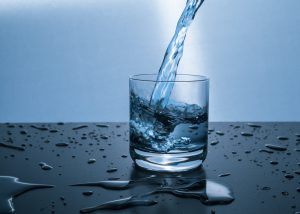
A number of tea manufacturers have recently replaced their paper teabags with plastic ones.
Not only will the use of plastic be bad for the environment, a new study has highlighted that they release billions of microplastics and “nano sized” plastics into the tea… which you’re consuming. Researchers from McGill University in Montreal heated the water as if they were making a cup of tea, removed the teabag, then proceeded to use electron microscopes to analyse the contents of the water and teabags, concluding that an average of 11.6 billion microplastic and 3.1 billion nanoplastic particles had spread into the water.
In the second part of this study, the researchers exposed water fleas to the water containing microplastics. The fleas began acting abnormally suggesting that the plastics were having a toxic effect on them, however, none of them died.

Researchers say the microplastics “probably” aren’t harmful, yet limited information is available about the subject, so there is still a possible health risk.
“Based on the limited information we have,” The World Health Organization concluded that microplastics in drinking water probably aren’t harmful to humans.
“To date, the health effects of consuming micro- and nanoplastics to humans are still unknown, while the sublethal effects observed in the present study and in other animals (e.g., algae, zooplankton, fish, mice) give an early warning of both environmental risk and possible human health risk,” researchers said.
“One of the main potential human exposure pathways of micro and nanoplastics is likely via ingestion, and particle uptake may occur in the digestive tract. Once inside the digestive tract, cellular uptake and subcellular translocation or localisation of the ingested particles may occur.”





